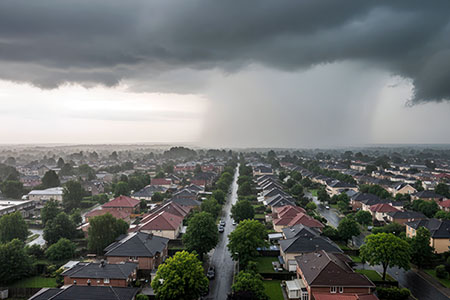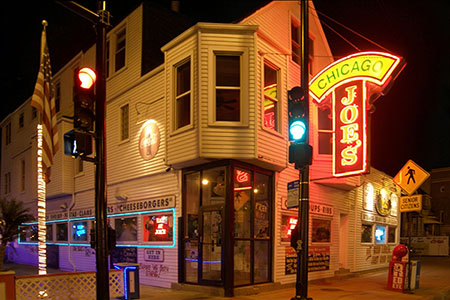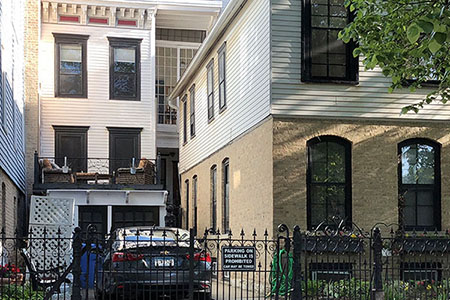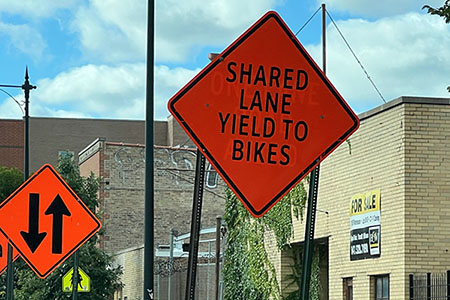
The fine print on your adjustable-rate mortgage may not have a happy ending. But with rates on a downward slide, refinancing your home loan could be your best option. First of two articles.
Nov. 9, 2019 – A retired North Side homeowner living on a fixed income was shocked when he learned his mortgage payment was being increased by $268 a month starting October 1. Seven years ago, in October 2012, he refinanced his home loan with an adjustable-rate mortgage at a very affordable 3.625 percent interest rate. However, in October 2019, the ARM loan matured, or popped, and the lender increased the interest rate to 4.75 percent, boosting the monthly payment by $268.51, or $3,222.12 per year. According to terms of the loan agreement, the original seven-year ARM had quietly converted to a one-year adjustable-rate mortgage indexed to the Federal Reserve’s one-year weekly average on United States Treasury Securities, currently 1.97 percent. Then the lender tacked on a “profit margin” of 2.75 percent to jack the interest rate 1.125 percent to a hefty 4.75 percent.
On the last monthly payment of the old seven-year ARM, the borrower paid $1,319.83 in interest and was credited with a principal reduction of $1,010.59. Under terms of the new one-year ARM, the monthly interest payment in October 2019 rose $402.14 to $1,721, and the principal reduction shrank $133.63 to $876.96. The next scheduled payment adjustment will be effective October 2020.
So, which option did the homeowner choose? With mortgage rates currently on a downward slide, refinancing seemed like the best choice. According to a new analysis of the nation’s housing market from the National Association of Home Builders and Wells Fargo, average mortgage rates fell from 4.07 percent in the second quarter of 2019 to 3.73 percent in the third quarter, sliding to three-year lows in September. On November 7, Freddie Mac reported that benchmark 30-year fixed mortgage rates now sit at 3.69 percent – more than one full percentage point below where they were at this time last year, when the market rate was 4.94 percent. In Chicago, rates currently range from 3.575 to 3.75 percent, reports RateSeeker.  Earlier this summer, the Mortgage Bankers Association reported that refinancing amounted to 49.8 percent of all mortgage activity. That’s a three-year high. Apparently, the full percentage point drop has been very good for home buyers, experts say. The National Association of Home Builders/Wells Fargo Housing Opportunity Index shows that housing affordability climbed in the third quarter to the highest level since 2016. According to the report, 63.6 percent of new and existing homes sold between the beginning of July and the end of September were affordable to families earning the U.S. median income of $75,500. In the second quarter of 2019 of this year, 60.9 percent of homes sold were affordable to median-income earners. In the first quarter of the year, 62.6 percent of homes sold were affordable. As the report notes, much of the increase in affordability was driven by the decline in mortgage rates. Next: How to shop for the best deal when refinancing your home loan. |














